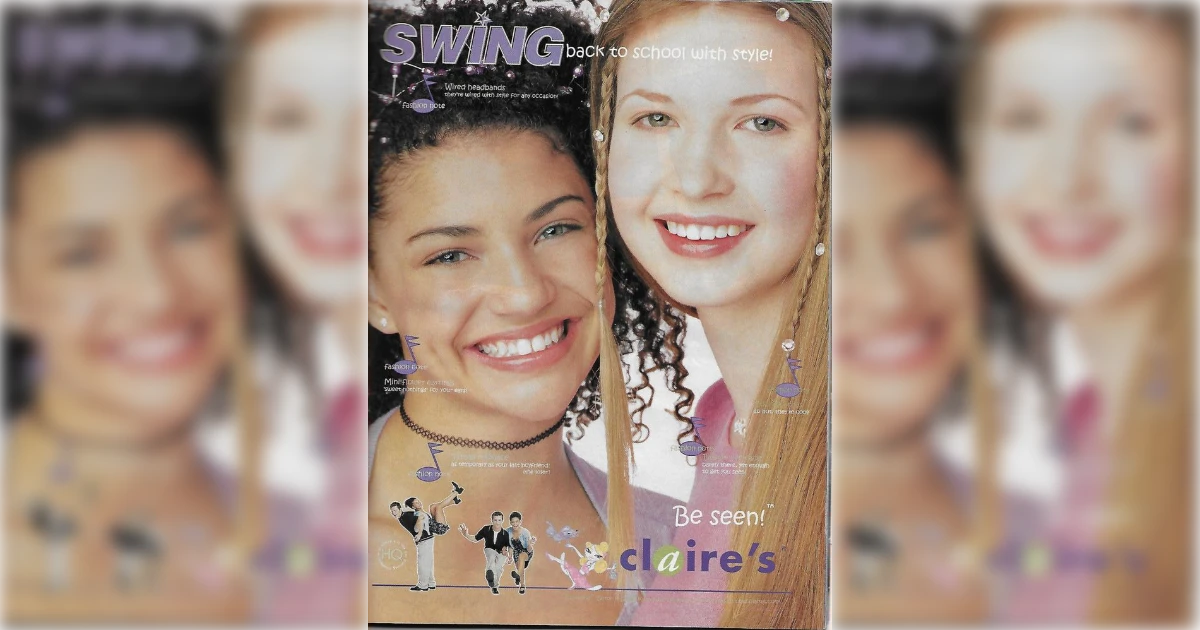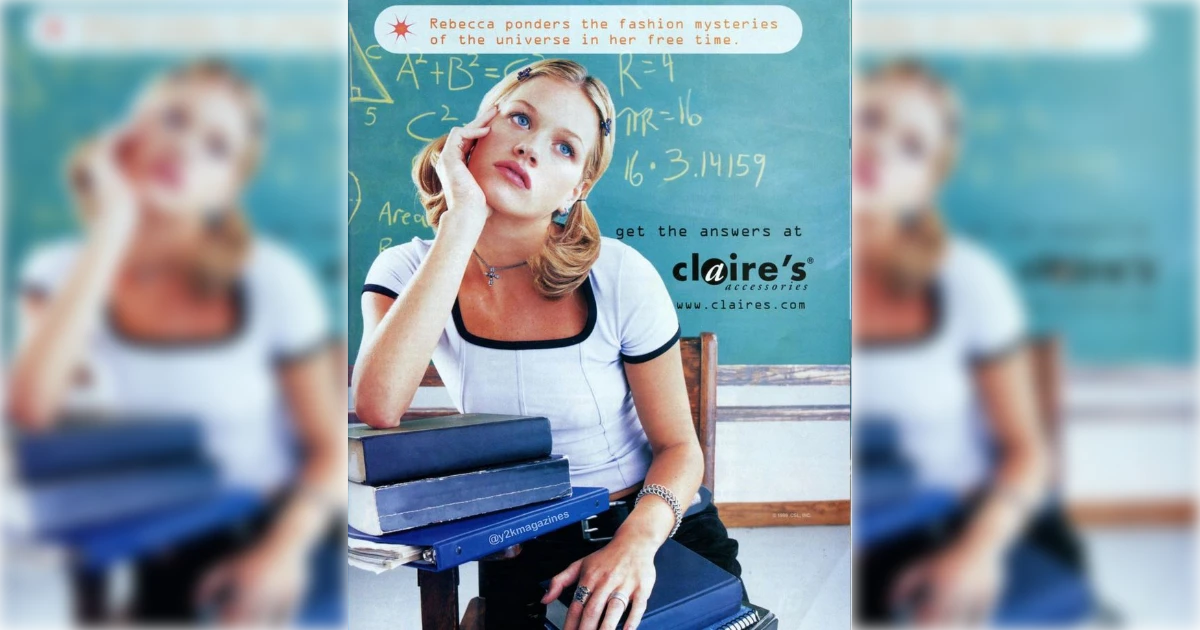.webp)
© History Oasis

1961-2007
Rowland Schaefer built his business by reading cultural shifts. In 1961, he launched Fashion Tress Industries during America’s wig obsession, becoming the world’s largest fashion wig retailer. When wigs went out of vogue in 1973, he bought Claire’s Boutiques, a 25-store jewelry chain, and shifted to accessories.
Ear piercing services in 1978 defined Claire’s identity. It made the chain both a seller and a service provider, creating a teen ritual that would touch millions of lives. Asian sourcing through a 1980 Hong Kong office delivered the low costs needed for impulse purchases.
Expansion accelerated through the 1990s. Claire’s went on an acquisition spree by buying competitors in Topkapi in Japan, Bow Bangles in Britain, The Icing for older customers, plus European chains Bijoux One and Cleopatre.
Clair’s peaked in sales by 2007. Revenue climbed from $846 million to $1.48 billion. Claire’s occupied 96% of American malls after going public in 2005. The company commanded teen retail culture, piercing over 100 million ears and defining an entire generation’s shopping experience.
But then everything started to fall apart.

2007-2017
Apollo Global Management acquired Claire’s for $3.1 billion in a leveraged buyout. This transaction loaded the company with debt just as the retail landscape began shifting toward online shopping and away from traditional malls.
The financial crisis hit Claire’s hard. Apollo’s debt structure held back needed investments in digital transformation while mall traffic continued to decline. The company struggled to adapt to evolving consumer behavior.

2018
Claire’s filed for Chapter 11 protection, citing $2.1 billion in debt and declining sales. The company blamed online competition and reduced mall traffic for its financial distress.
By October of 2018, Claire’s exited bankruptcy after eliminating $1.9 billion in debt. Elliott Management and Monarch Alternative Capital took control, providing $575 million in new financing to stabilize operations.
Things would get worse for Claire’s from here.

2019-2021
In 2019, the FDA identified possible asbestos contamination in Claire’s makeup products. The company disputed the findings but issued voluntary recalls anyway, damaging its reputation among safety-conscious parents.
But a few years later, Claire’s reported 53% revenue growth to $1.4 billion, suggesting successful adaptation to post-pandemic retail. The company announced IPO plans, signaling confidence in its turnaround strategy.

2022-2024
Despite initial optimism, Claire’s abandoned its IPO plans. The brief recovery proves unsustainable as fundamental business challenges persist.
New CEO Chris Cramer assumed combined CEO, COO, and CFO roles, reflecting the company’s cash constraints. Claire’s also expanded Walmart partnerships and launched loyalty programs in desperate attempts to drive traffic.

2024-2025
Financial death arrived in stages. May brought deferred interest payments on loans due December 2026. June and July saw rent payments stop at multiple locations as cash flow collapsed. Landlords filed evictions while Claire’s searched desperately for buyers.
August 6 delivered the inevitable: Chapter 11 bankruptcy for the second time in seven years.
Claire’s announced 700 immediate store closures and potential liquidation of all North American operations. Within days, international divisions crumbled. UK and Irish operations entered administration. Belgian, German, Italian, and Austrian divisions are preparing for bankruptcy, threatening 2,150 jobs.
The endgame is liquidation. Unless an unlikely buyer emerges by August 31, all 1,260 North American stores plus 210 Walmart locations will close by October 31, 2025. The Icing brand dies immediately.
After 64 years, Claire’s faces extinction. The company that pierced over 100 million ears and defined tween culture succumbs to demographic shifts, online competition, and fatal debt from private equity ownership.